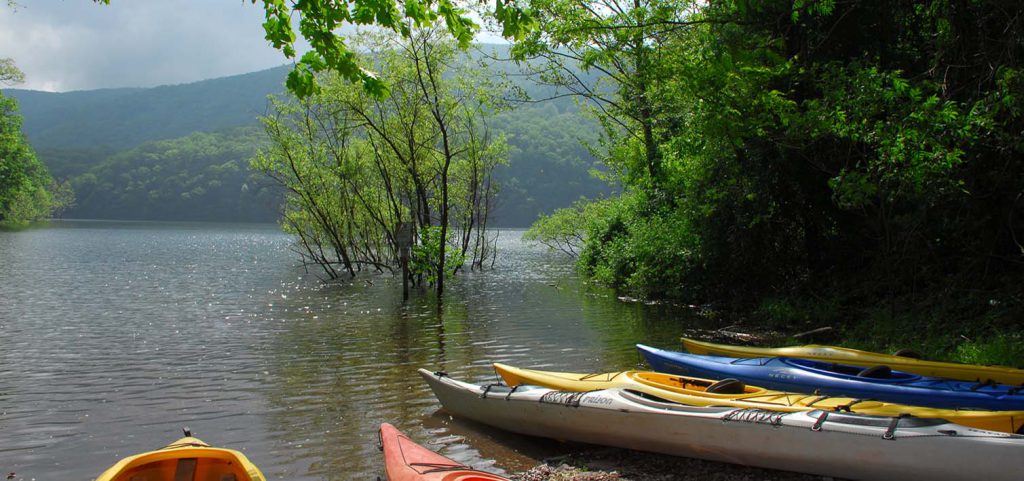Big Run State Park is made up of 300 acres in Savage River State Forest. Available activities include rustic camping, canoeing, fishing and miles of trails for cross country skiing and hiking.

It is well-known by fisherman for its smallmouth bass, walleye, crappie, channel catfish, yellow perch, brown trout, brook trout and rainbow trout. The popular hiking trail, Monroe Run, has its trailhead in the park as well. A variety of activities are available year-round. The changing scenery is both beautiful and rugged.
About Big Run State Park
Fisherman find a wide variety of both warmwater and coldwater species at Big Run State Park. It has access to Savage River Reservoir where fishing opportunities for species such as bluegill, black crappie, walleye, yellow perch, brown trout, channel catfish, largemouth bass and smallmouth bass are abundant. Two tributaries, Monroe Run and Savage Run, are also good spots for fishing. Anglers may catch brown, brook or rainbow trout in Savage Run. Shoreline fishing is popular along the state forest roads where families can find easy access. Each spring the Maryland Department of Natural Resources stocks trout in both Savage Run and Savage River Reservoir.
Savage River Reservoir provides paddling opportunities. Offering two boat launches (located at Dry Run and near the Reservoir dam), only boats with electric motors are permitted on the reservoir. When exploring 350 acres reservoir, you might see grouse, ducks, great blue herons, king fishers and minks.
Big Run has access to miles of trails for hiking and cross country skiing. Running between New Germany State Park and Big Run State Park, is the Monroe Run Hiking Trail, an 6-mile hike through some of Maryland’s most scenic stream valley. A few openings in the trees offer views of Savage River Reservoir. The trail is surrounded by oaks, poplars, hemlock, and rhododendron. There are more than twenty stream crossings, none of which have footbridges. You can expect to get your feet wet. Primitive camping is permitted as well as family camping at the south end of the trail. If camping in the backcountry, be sure to respect the philosophy of “leave no trace” and obtain a permit from the Department of Natural Resources.
In Conclusion
If you are looking forward to spending your day wandering through a hardwood forest or paddling across a placid pool in a deep mountain canyon, then make Big Run State Park your destination.





